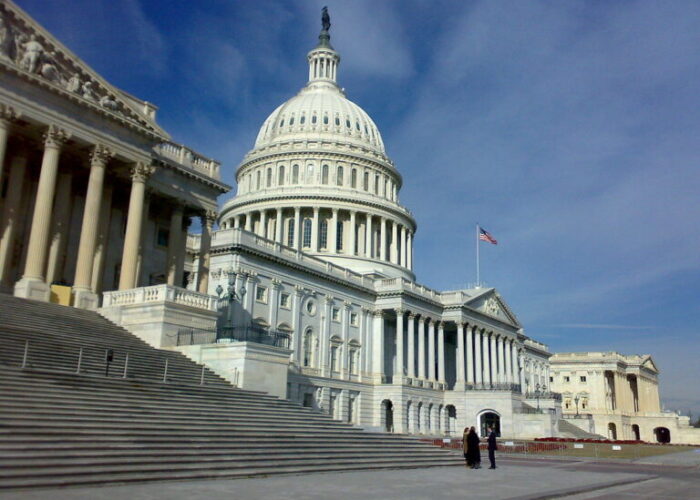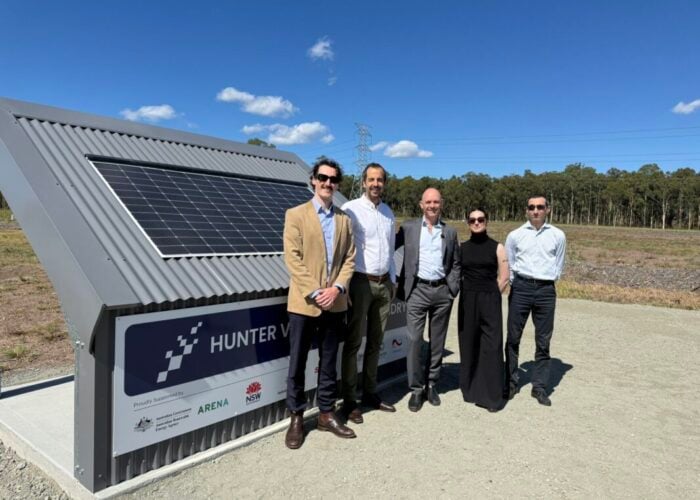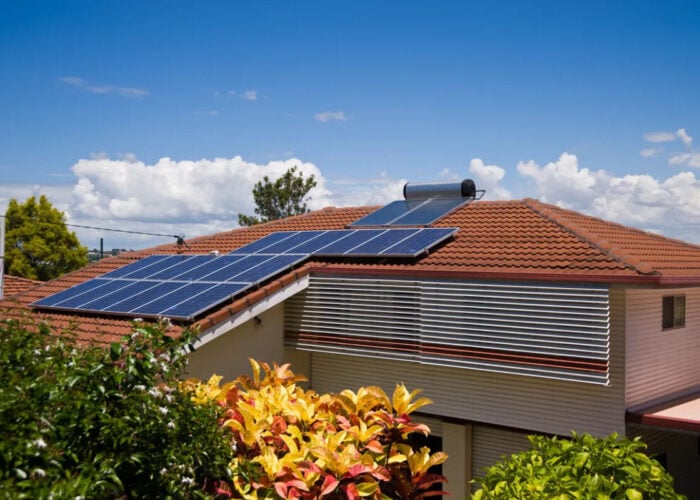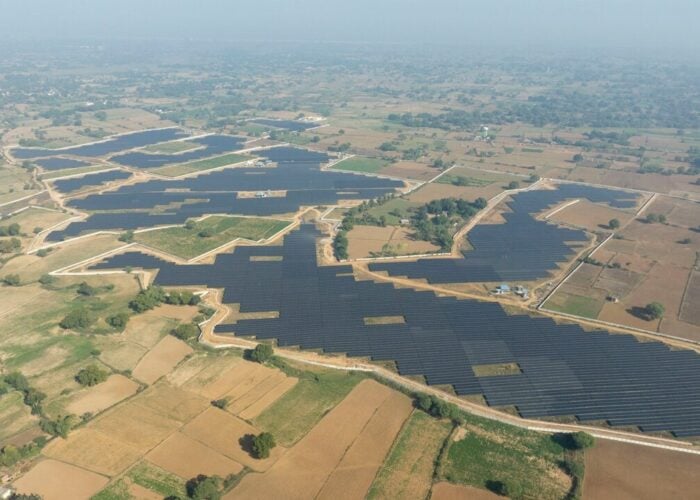
The US solar industry is set to continue breaking annual installation records in the coming years despite supply chain constraints that have led to higher prices as well as disruptions caused by the government’s withhold release order (WRO), according to new research.
Annual deployment will keep rising until the Solar Investment Tax Credit (ITC) fully phases down in 2024, and industry growth is then expected to flatline in 2025 and 2026, said the US Solar Market Insight report from trade body the Solar Energy Industries Association (SEIA) and research firm Wood Mackenzie.
Try Premium for just $1
- Full premium access for the first month at only $1
- Converts to an annual rate after 30 days unless cancelled
- Cancel anytime during the trial period
Premium Benefits
- Expert industry analysis and interviews
- Digital access to PV Tech Power journal
- Exclusive event discounts
Or get the full Premium subscription right away
Or continue reading this article for free
They said that Q2 2021 was the first time that solar prices were up both quarter-over-quarter and year-over-year since Wood Mackenzie began modelling this data in 2014. Higher costs of equipment, raw materials and freight contributed to a 12.5% and 11.6% quarter-over-quarter increase in system pricing for the utility fixed-tilt and utility single-axis tracking markets, respectively.
Utility-scale system prices are said to have risen more than residential and commercial solar prices due to hardware representing a larger share of overall cost, and a higher share of equipment coming from overseas. Equipment delivery delays are forcing developers to make trade-offs as they need to decide if it’s worthwhile to complete their projects faster, but with more expensive equipment and possible project redesign, the report said.
While some projects are currently struggling to receive equipment, many developers and distributors have sufficient inventory to get through the rest of 2021, and strong demand for solar means that projects are more likely to be delayed than cancelled, according to the research.
Another headwind comes from the WRO, which effectively blocks the import of silicon metal from Hoshine Silicon Industry and its subsidiaries into the US. JinkoSolar was reported to have had upwards of 100MW of solar module shipments detained by customs officials in August.
The report said that Wood Mackenzie “remains confident” that manufacturers can adjust their supply chains, but the WRO represents a “significant, widespread downside risk” to its near-term outlook for the solar sector.
“This is a critical moment for our climate future but price increases, supply chain disruptions and a series of trade risks are threatening our ability to decarbonise the electric grid,” said SEIA CEO Abigail Ross Hopper. “If we want to incentivise domestic manufacturing and drive enough solar deployment to tackle the climate crisis, we must see action from our federal leaders.”
Q2 install figures and outlook
Between April and June 2021, 5.7GWdc of solar capacity was installed, which was a 45% increase on the same quarter of 2020 and more than any other second quarter in the industry’s history, the report revealed. This growth was driven by the utility-scale sector setting another record for Q2 installs at 4.2GWdc, with three states – Texas, Arizona and Florida – accounting for nearly 3GWdc.
The utility-scale pipeline is said to remain robust, with 19.4GWdc of projects under construction, 10.2GWdc of which are slated to come online this year. Additionally, 9.3GWdc of new utility-scale solar power purchase agreements were signed in Q2 2021.
In the residential segment, US installers completed 974MWdc of projects in Q2 2021, just shy of the 979MWdc record set in Q4 2020 for the most residential solar capacity installed in one quarter. With installers reporting record-breaking sales months as the quarter ended, the report said this should translate into strong residential deployment performance in the second half of this year.
While supply chain constraints and permitting and labour challenges persist in the residential sector, these factors are not preventing robust growth in the segment as consumer demand remains high, SEIA and Wood Mackenzie said.
Elsewhere, community solar was up 16% on Q2 2020 with 177MWdc installed, and commercial solar deployment increased 31% over the same quarter last year with 354MWdc installed.
Following solid Q1 2021 deployment figures, when the US passed the 100GW of deployed solar milestone, the latest figures mean solar accounted for 56% of all new electricity-generating capacity added in the US in the first half of the year.
Wood Mackenzie forecasts that the US will average just over 29GW of new annual solar capacity additions until 2026. However, this is far short of the deployment pace needed to reach President Biden’s 2035 clean energy targets, which would require the addition of more than 80GW of solar per year from 2022 to 2035.






